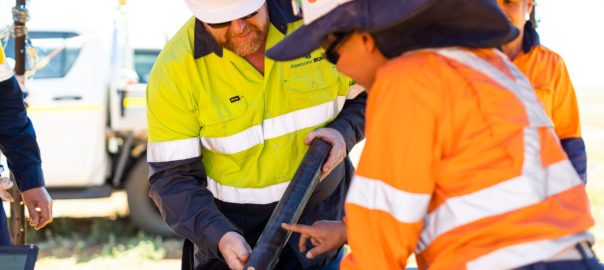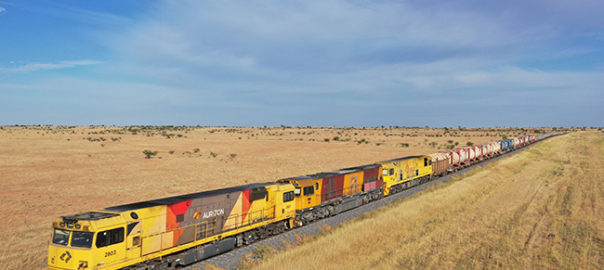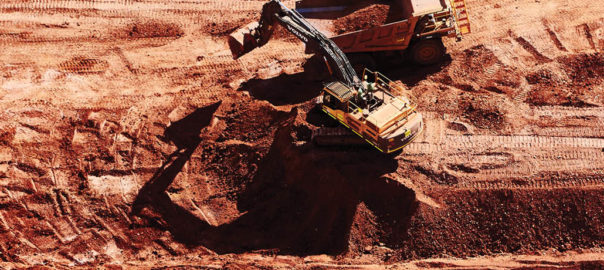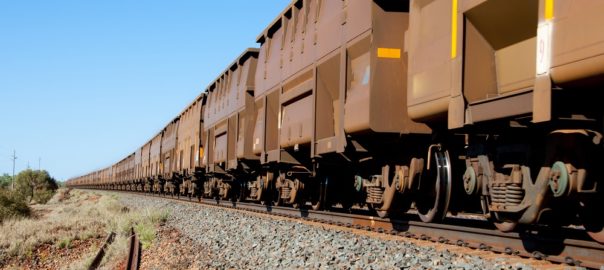Hawsons Iron Ltd says it has signed a legally binding agreement with Flinders Ports Pty Ltd to co-operate on the potential development and operation of a greenfield port at Myponie Point Port on South Australia’s eastern Spencer Gulf.
The scope of the agreement, formalising the terms of an earlier non-binding Memorandum of Understanding, has been expanded to include evaluation of lower tonnage options using existing rail
and port infrastructure and possibly scaling production and export options over time.
Hawsons Managing Director, Bryan Granzien, said the terms of the agreement reflected the board’s decision to slow the pace of work on the 20 Mt/y bankable feasibility study (BFS).
“Importantly, this agreement will enable us to collaboratively assess and agree on the optimum achievable port to support a revised BFS, if required, including consideration of potential short- and long-term solutions for our preferred site at Myponie Point,” he said.
“Flinders Ports fully understands our decision to consider scaling up the project’s production output and using existing rail and port infrastructure initially to reduce capital costs, and they could not be any more supportive.”
Granzien said options for Myponie Point included using the existing rail network and the construction of initial port infrastructure to support a barging operation during the first stage of the project’s development.
“This approach at Myponie Point could deliver the best of both worlds through a lower output start-up operation at a lower capital cost and a clear pathway forward to expand production to 20 million tonnes per annum using the direct to port underground slurry pipeline,” he said.
Under the terms of the agreement and subject to further agreement in final transaction documents, Flinders Ports would construct, own and operate the proposed Myponie Point Port – reducing the Hawsons Iron project’s capital requirements, while enabling the company to participate in future growth as the port’s ‘cornerstone’ customer.
Granzien said Flinders Ports was equally committed to meeting environmental, social and governance (ESG) standards and embedding ESG considerations in business processes and decision-making wherever possible.
“This milestone agreement with an operator of Flinders Ports’ calibre is an important step to our goal of meeting demand for high-grade products so essential for decarbonising steelmaking,” he
said.
Flinders Port Holdings Chief Executive Officer, Stewart Lammin, said: “This agreement with Hawsons reflects our ongoing commitment to facilitating large-scale export projects from South Australia by leveraging existing infrastructure and exploring the development of new ports where necessary.
“The Hawsons project is an exciting prospect and aligns with our Sustainability Plan and aim to develop sustainable supply chains that meet the growing expectations of the market.”
The Hawsons Iron Project is some 60 km southwest of Broken Hill, New South Wales, Australia, in the emerging Braemar Iron Province. Prefeasibility Study results for the project, which was completed in 2017, showed that it is capable of producing the world’s highest-grade iron product (70% Fe), making it the world’s leading undeveloped high-quality iron ore concentrate and pellet feed project, the company says.










